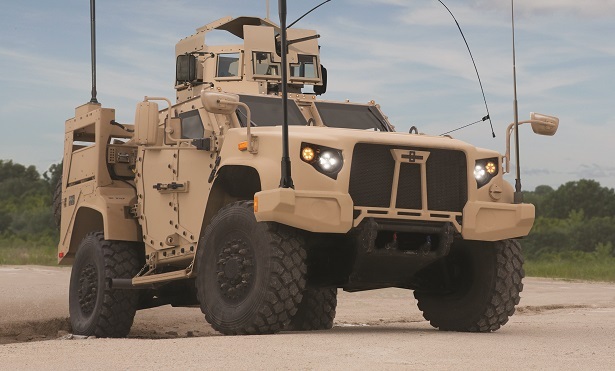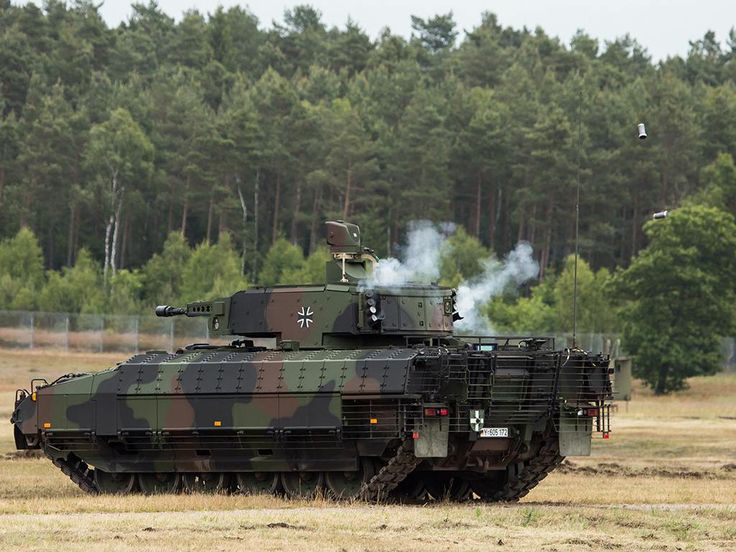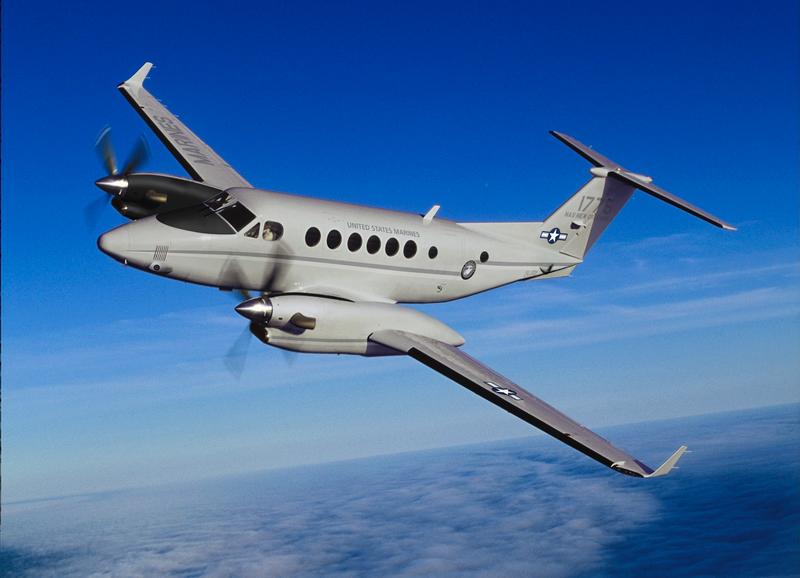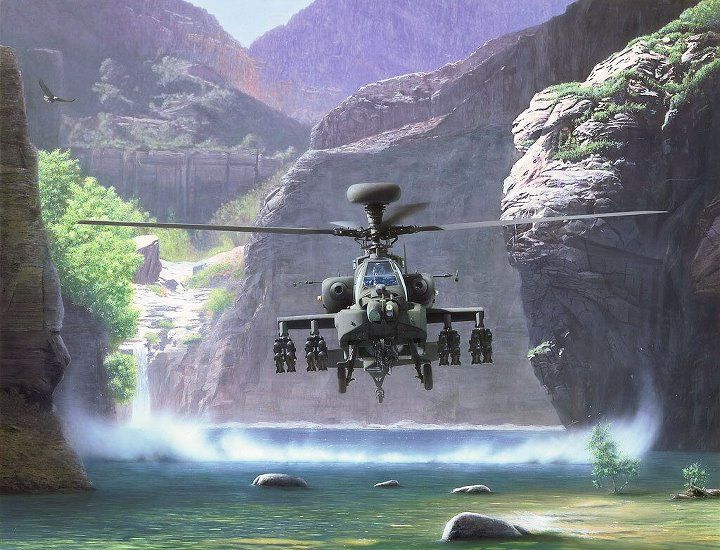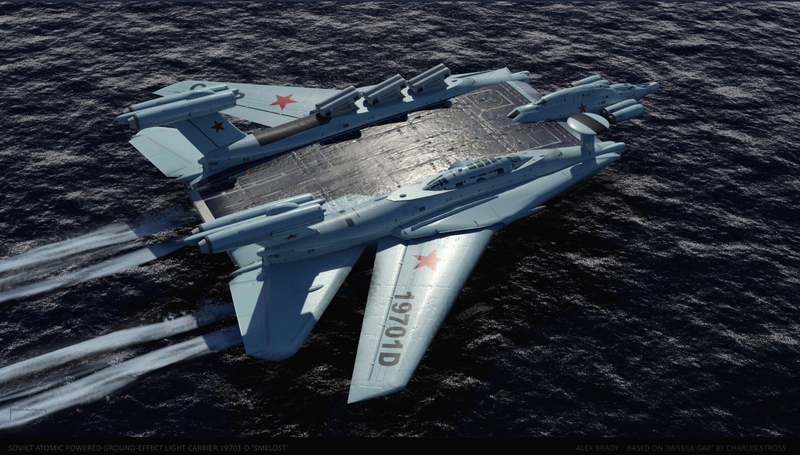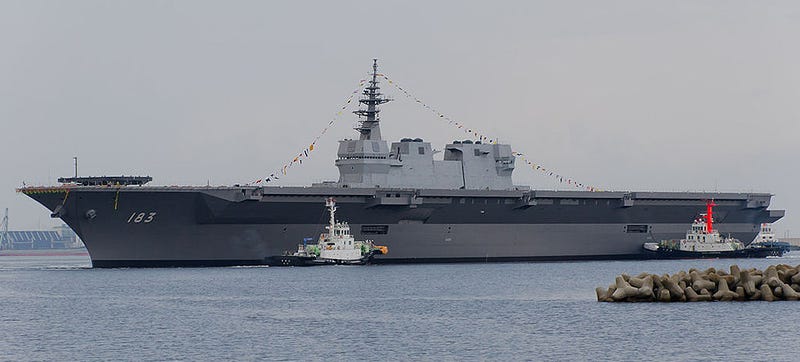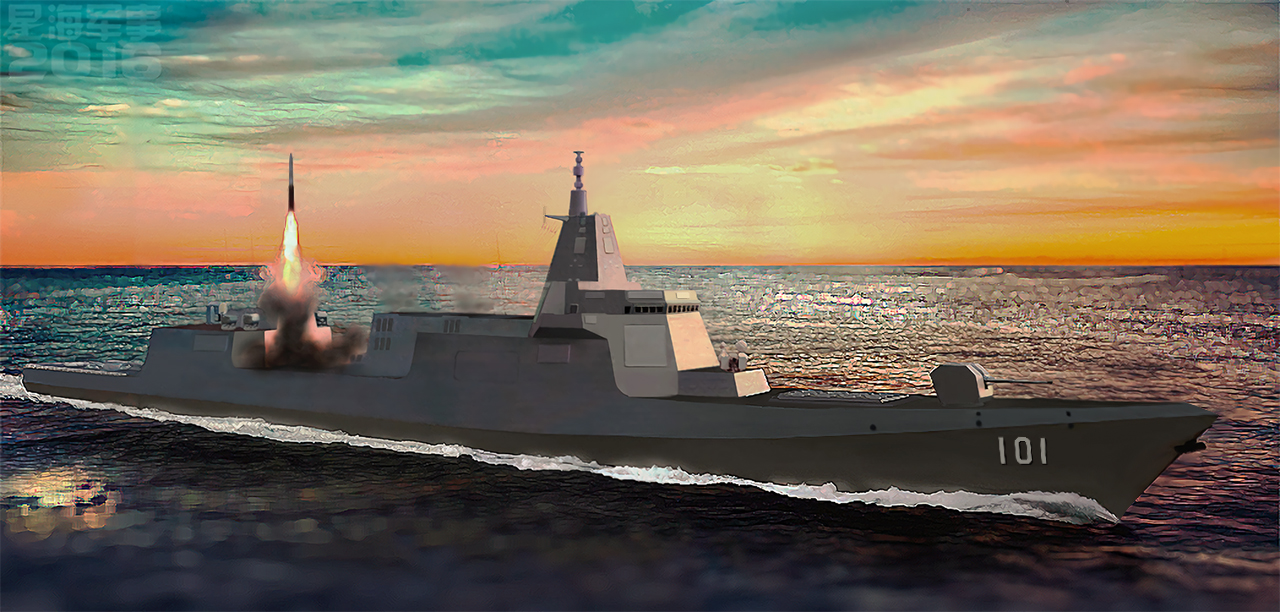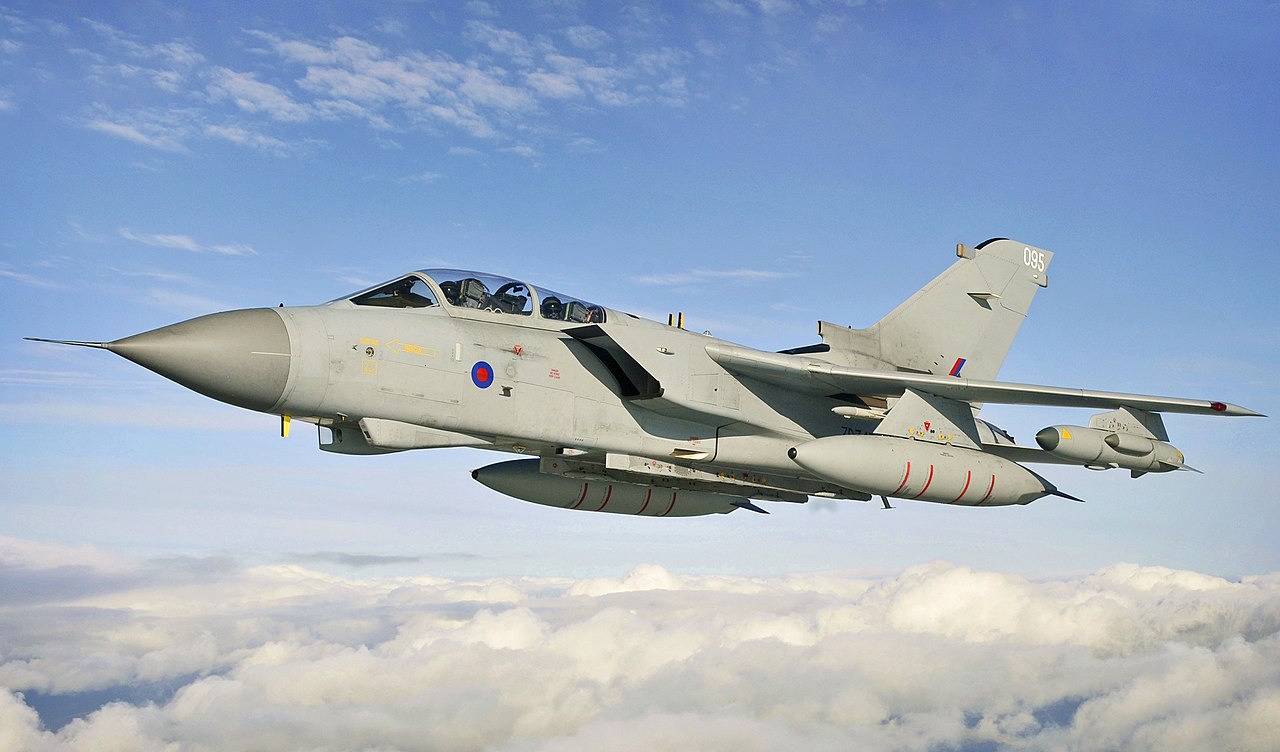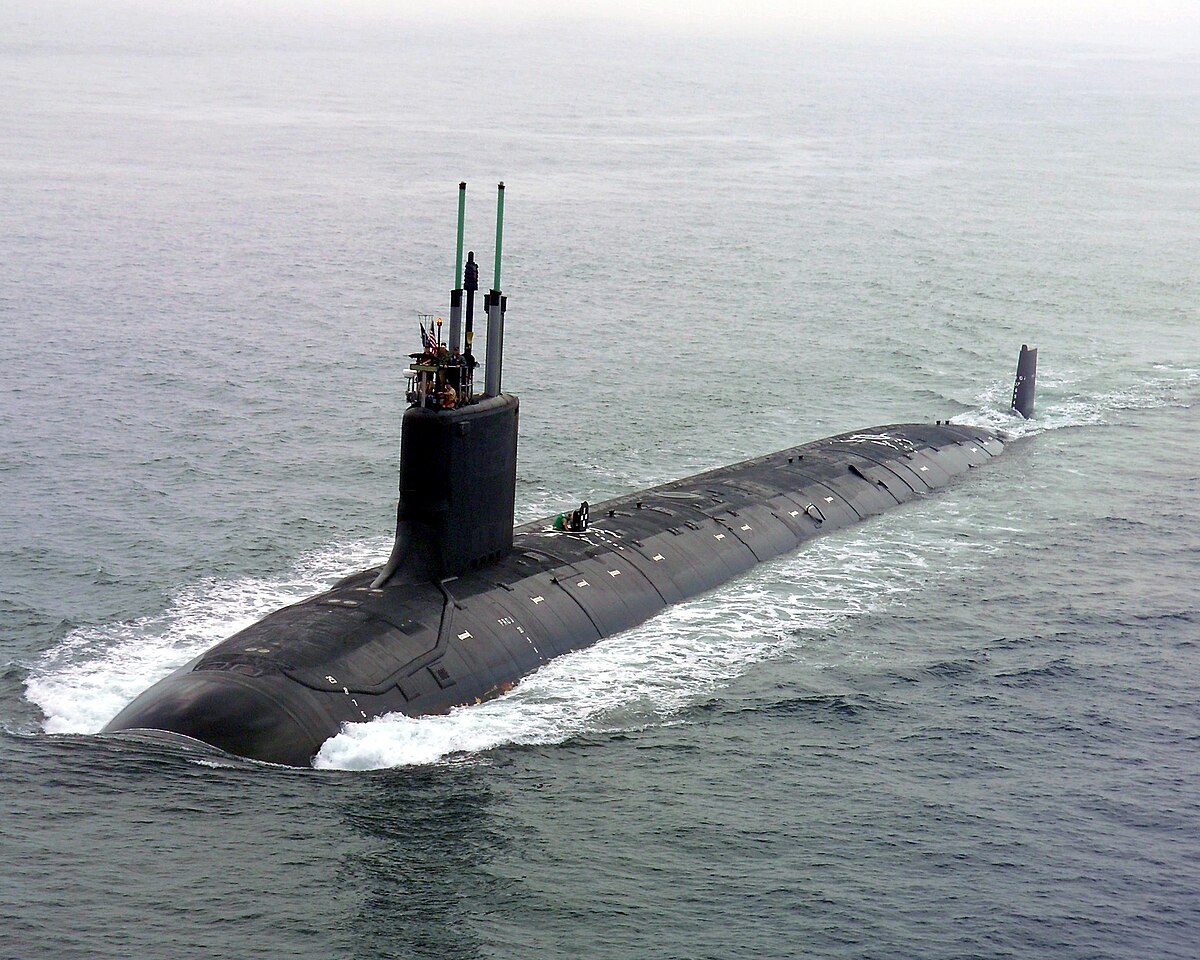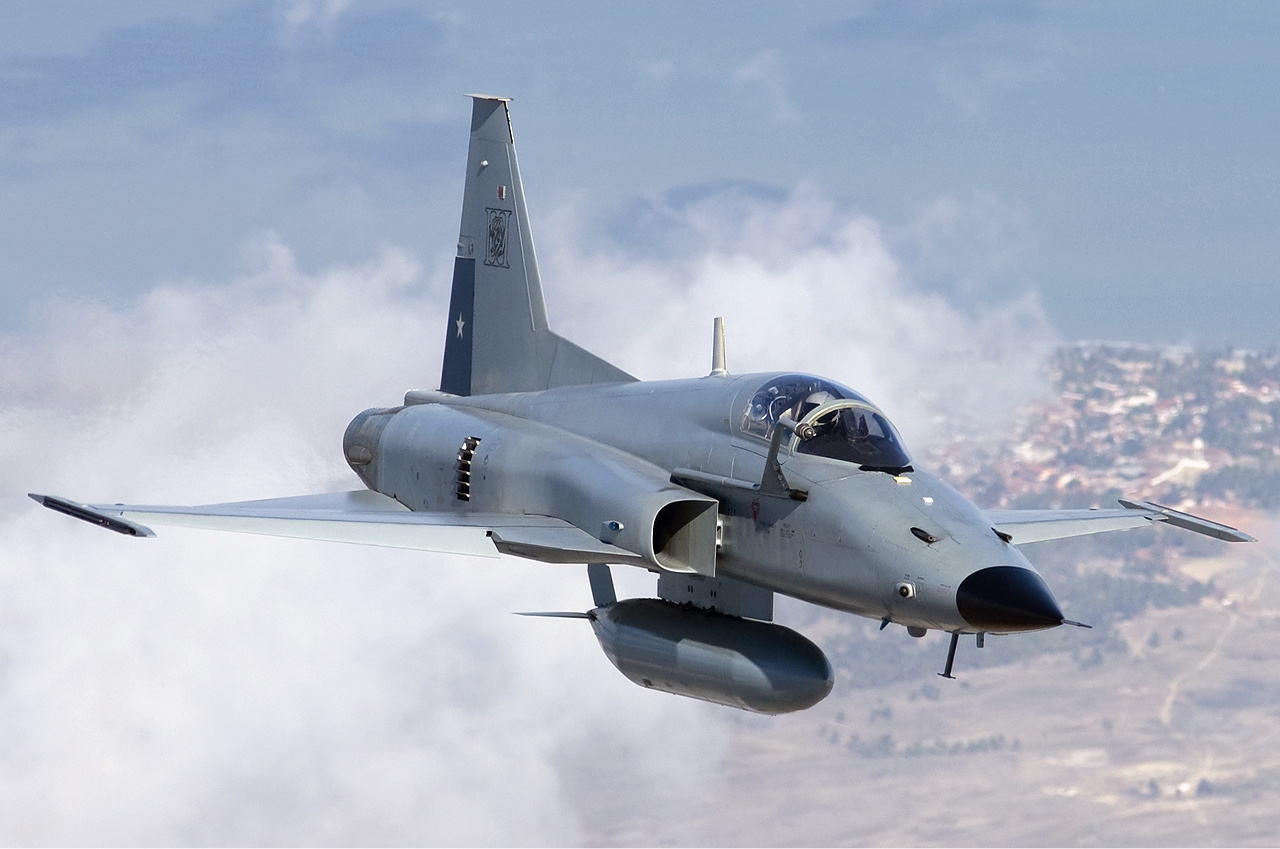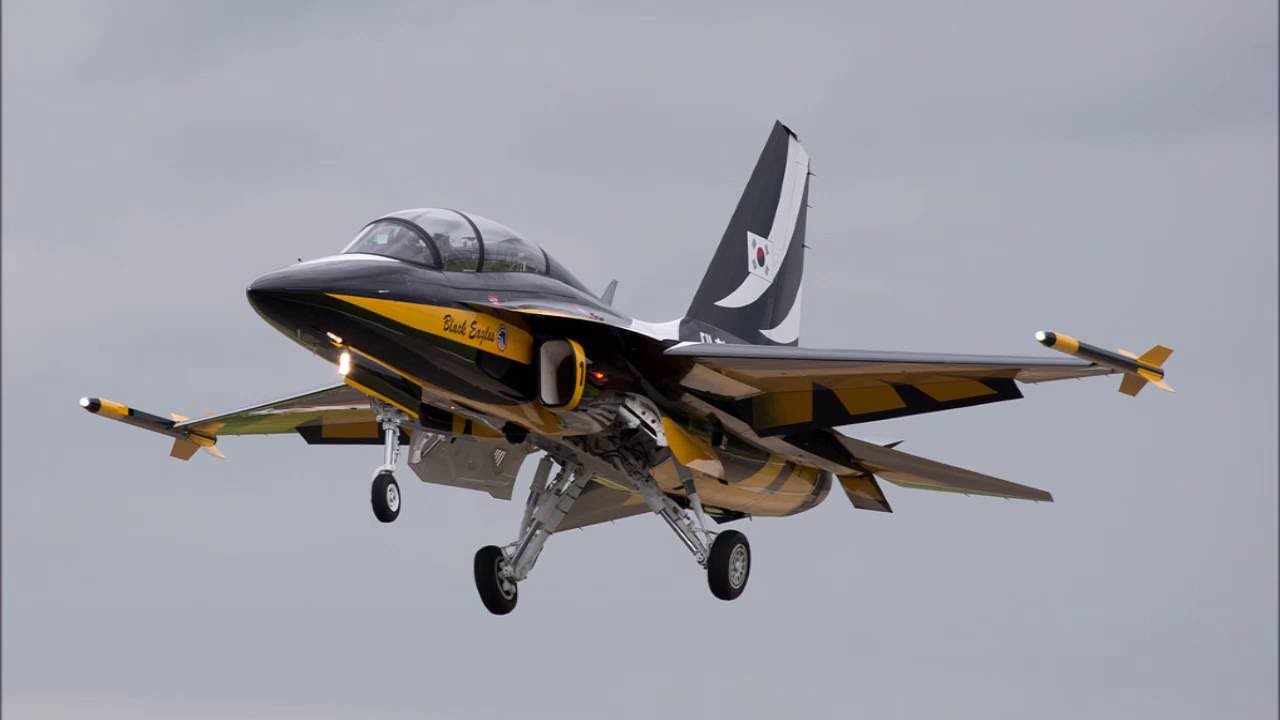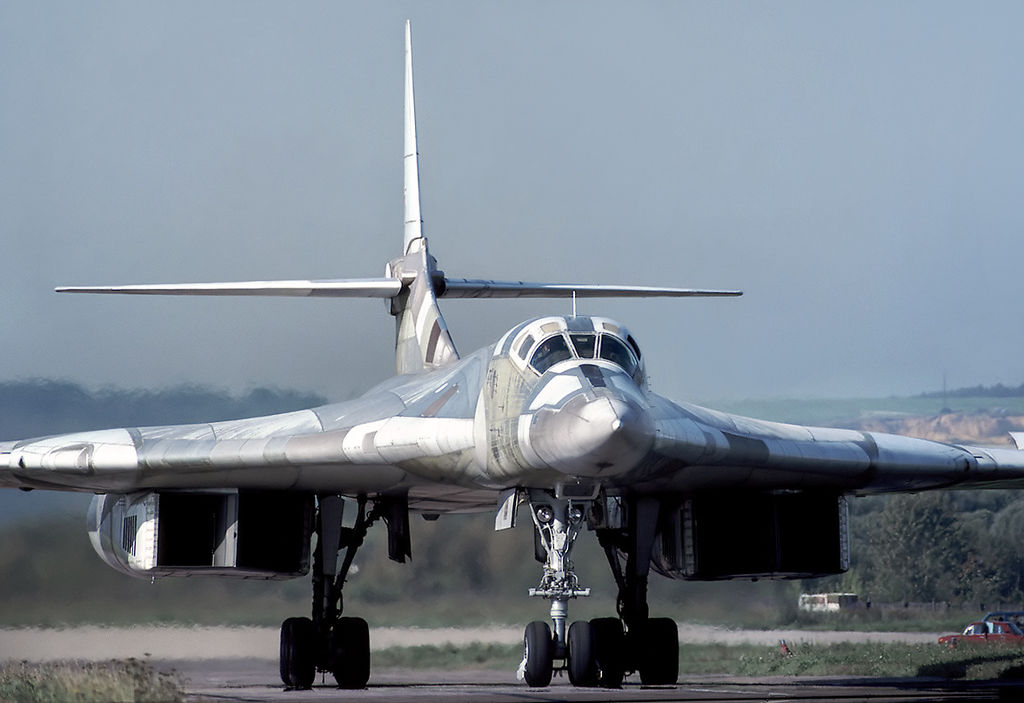BraveSirRobin
TNPer
Bravaedia
Concordia, Iustitia et Fiducia
The lands currently comprising Bravaedia were originally colonised by humans nearly six millennia ago, though it is believed by many in the world of Bravaedian Archaeology and Anthropology that primative hunter gatherers inhabited the landscape before that for at least the five millennia preceding the introduction of agriculture. For approximately three millennia, slow technological advancement spurred by the competing agrarian kingdoms kept the land largely concerned with its own internal struggles, and was only unified by Emperor Hedrannus of the Braea in approximately 1374 Ab Braea Condita (the 1374th year of the Braea; ~1077 B.C.E.). After a brief stint of stablility and rapid development, the Braean Empire under Fiddaeria declared a policy of isolation, and retreated from the world stage.
By approximately 324 CE, the Braean Empire had lost much direct control over its subject territories, wielded more symbolic power than anything real, with the various provinces and provincial governors vying for power amongst themselves. This is known as the warring provinces period of Bravaedian History, and it ended after Sigmund Drodya of Cayspea gained effective hegemony over the entirety of Bravaedia and declared himself Braean Autarch in 1772. Drollmann reformed the Imperial Bureaucracy and instituted a mandatory public education system, and upon his deathbed in 1797, declared his son, Hyprius Drodya, new Autarch. Upon his fathers death and his ascension to the position of Autarch, he folded to increasing political pressure from the nobility and merchant elite to institute a more democratic government form, and ceded much of his authority to the newly established Bravaedian Imperial Congress, which guided Bravaedia through the Industrial Revolution and into the modern world.
By approximately 324 CE, the Braean Empire had lost much direct control over its subject territories, wielded more symbolic power than anything real, with the various provinces and provincial governors vying for power amongst themselves. This is known as the warring provinces period of Bravaedian History, and it ended after Sigmund Drodya of Cayspea gained effective hegemony over the entirety of Bravaedia and declared himself Braean Autarch in 1772. Drollmann reformed the Imperial Bureaucracy and instituted a mandatory public education system, and upon his deathbed in 1797, declared his son, Hyprius Drodya, new Autarch. Upon his fathers death and his ascension to the position of Autarch, he folded to increasing political pressure from the nobility and merchant elite to institute a more democratic government form, and ceded much of his authority to the newly established Bravaedian Imperial Congress, which guided Bravaedia through the Industrial Revolution and into the modern world.
TBA when I get the time now!! 

Noun: Bravaedian
Adjective: Braean, Bravaedian
Adjective: Braean, Bravaedian
Braean: 88%
Tyrann: 7%
Cayspean: 2%
Other/None:3%
Tyrann: 7%
Cayspean: 2%
Other/None:3%
Braean (Official), Neobraean (Official), Merchanti (mandatory instruction, technically English?)
Church of Braea: 40%
Buddhism: 5%
Cayspean Polytheism: 2%
Atheist/Agnostic: 53%
Buddhism: 5%
Cayspean Polytheism: 2%
Atheist/Agnostic: 53%
Approximately 174.225 million
0-14 years: 21.02%
15-24 years: 18.47%
25-54 years: 47.11%
54+ years: 13.40%
15-24 years: 18.47%
25-54 years: 47.11%
54+ years: 13.40%
The modern Government of the Republic of Bravaedia is somewhat akin to a Constitutional Empire, with purely symbolic power in the hands of the Emperor of Bravaedia, HIH Auraelia II.
There are currently five major political parties in Bravaedia, with the Bravaedian Socialist Party currently in coalition with the Braean National Environmentalist Party to form a majority in the Imperial Congress.
 The Imperial Congress still meets in the Bravaedian Capitol, the building first constructed for it in the late 18th century, though over the years there have been a multitude of improvements over the years and various restorations. The current building contains hundreds of offices for Senators and their staffs, as well as two grand chambers, eight committee chambers, thirty-four entrances to the Congressional Strategic Shelter (conveniently located directly below the building) and a variety of gardens on the Capitol grounds.
The Imperial Congress still meets in the Bravaedian Capitol, the building first constructed for it in the late 18th century, though over the years there have been a multitude of improvements over the years and various restorations. The current building contains hundreds of offices for Senators and their staffs, as well as two grand chambers, eight committee chambers, thirty-four entrances to the Congressional Strategic Shelter (conveniently located directly below the building) and a variety of gardens on the Capitol grounds.
 Consisting of over 1,020 rooms on a sprawling campus near the heart of the capitol, the expansion of the Palace of the Chancellor was denounced by many in government as a financial waste, reportedly costing the government more than ? 500,000,000 to complete the renovation and expansion work. These protests, however, fell on deaf ears, as the Conservative Party, in power at the time of construction, declared it absurd that the Imperial Palace was more grandiose than the residence of the democratically elected leader. Fully funded and part of the reason why the Conservative Party lost their control of the Imperial Congress in the national elections of 2013, the project was nearly completed upon Francis Dryfuaeu's inauguration, which was performed at the palace. It has a wide variety of security features, contains many of the offices of the State Security Bureau, and reportedly continues at least seven stories underground.
Consisting of over 1,020 rooms on a sprawling campus near the heart of the capitol, the expansion of the Palace of the Chancellor was denounced by many in government as a financial waste, reportedly costing the government more than ? 500,000,000 to complete the renovation and expansion work. These protests, however, fell on deaf ears, as the Conservative Party, in power at the time of construction, declared it absurd that the Imperial Palace was more grandiose than the residence of the democratically elected leader. Fully funded and part of the reason why the Conservative Party lost their control of the Imperial Congress in the national elections of 2013, the project was nearly completed upon Francis Dryfuaeu's inauguration, which was performed at the palace. It has a wide variety of security features, contains many of the offices of the State Security Bureau, and reportedly continues at least seven stories underground.
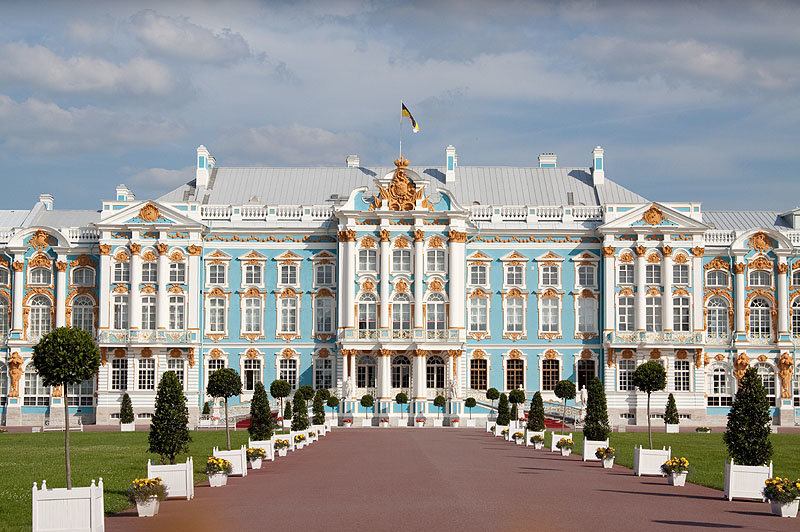 The Imperial Residence for the past 300 years at least, the Imperial Palace is maintained by a variety of Imperial land holdings as well as tourist funds. It consists of several hundred rooms, and the entire estate contains no less than twelve additional supplementary palaces first constructed nearly a millennia ago.
The Imperial Residence for the past 300 years at least, the Imperial Palace is maintained by a variety of Imperial land holdings as well as tourist funds. It consists of several hundred rooms, and the entire estate contains no less than twelve additional supplementary palaces first constructed nearly a millennia ago.
There are currently five major political parties in Bravaedia, with the Bravaedian Socialist Party currently in coalition with the Braean National Environmentalist Party to form a majority in the Imperial Congress.
The members of the Imperial Congress are elected by all enfranchised citizens of the Bravaedian Empire. Members of the Imperial Congress, known as Senators, are elected in two ways.
Firstly, there are direct elections in each constituency, which allow Senators to gain election by garnering a plurality of votes in their respective district. Secondly, a citizen chooses a party affiliation, and votes for that party's list of prospective Senators. Directly elected Senators are automatically elected by a plurality of voters in their respective district to the Imperial Congress, and then members are added from the party lists in accordance with the percentage of the vote carried by each party nationally until all parties with more than 3% of the vote have shares of the Congress equal to the percentage of the population that voted for them.
Firstly, there are direct elections in each constituency, which allow Senators to gain election by garnering a plurality of votes in their respective district. Secondly, a citizen chooses a party affiliation, and votes for that party's list of prospective Senators. Directly elected Senators are automatically elected by a plurality of voters in their respective district to the Imperial Congress, and then members are added from the party lists in accordance with the percentage of the vote carried by each party nationally until all parties with more than 3% of the vote have shares of the Congress equal to the percentage of the population that voted for them.
An organisation older than modern Bravaedia itself, the Imperial Council consists of the 42 provincial governors and elevates one of its members to the position of Autarch, traditionally by pledging the support of their provincial garrisons, but in more modern times only by symbolically pledging the loyalty of their reserve garrisons. The Autarch, contrary to what the name might suggest, does not in fact hold any real power anymore, and instead serves as a democratically elected figurehead to offset the perceived elitism that exists as a consequence of the imperial monarchy.
The Chancellor of the Bravaedian Imperial Congress is elected by a majority vote of its membership, and is the official head of state of the Bravaedian Empire. S/he appoints the various Ministerial Heads and is the operational commander-in-chief of all Bravaedian Federal Armed Forces. Of peculiar note is the fact that the Chancellor is also the direct head of the Bravaedian Bureau of Intelligence (BBI), to ensure the loyalty of the agency remains the government, and not vice-versa.
Led by the Foreign Minister of Bravaedia, the Ministry of Foreign Affairs is responsible for the maintenance of amicable relations with the various other states of the world, and is also tasked with the establishment, maintenance and defence of Bravaedian embassies and consolates throughout the world, as well as with dispensation of property to foreign governments for the establishment of embassies and consolates. The Ministry of Foreign Affairs also is responsible for the management of the Bravaedian Foreign Aid Budget.
Led by the Minister of Defence of Bravaedia, the Ministry of Defence is responsible for the procurement of materiel for the purpose of defending Her Imperial Highness and the Bravaedian Empire. The Minister of Defence is aided in their duties by the First Sea Lord of the Admirality, the First General of the Imperial Army, and the First Air Marshal of the Imperial Air Force.
Led by the Bravaedian Chief of Internal Security, the Internal Security Ministry (ISM) exists to ensure that the population and citizenry of Bravaedia are not threatened by any organisation or individual that might cause the nation harm. To accomplish this impressive feat, ISM controls five separate internal police and security forces—the Immigration Control Agency, the National Bureau of State Security, the Imperial Guard, the Federal Police, and the Bravaedian Authority (counter-terrorism unit). Though it is speculated by many citizens that these "agencies" are all in fact de facto arms of the National Bureau of State Security, which has on multiple occasions demonstrated the ability to work rather effectively across agencies to ensure that its will be done.
The Bravaedian Treasury Department, the Subsidium Braea Ripam et Aerarium is headed by the Chancellor of the Exchequer. It is tasked with the maintenance of a sustainable internal growth rate, and it has a wide variety of tools at its disposal to accomplish this goal, including control of the Bravaedian Revenue Authority, which does have the the independent authority to increase business and individual taxes in times of economic boom in order to slow growth, as well as boost funding to the Department of Infrastructure and Technology during times of economic recession and depression. It also maintains the Mint and the Mint Police.
Charged with the preservation of all culture developed by the Bravaedian Empire, and ensures that no unique cultures within the empire die. Additionally, the Ministry of Culture includes the Imperial Communications Commission, which censors advertisements and programmes on the waves to ensure that they are morally acceptable. The Ministry of Culture also has the authority to revoke licenses for publication of any mass media form that encourages sexism, profanity, laziness, racism, as well as any other undesirable traits of low-class literature or programming in the empire that might negatively affect the stability of Braean society as a whole. Books, however, cannot be censored unless they contain sensitive or secret government data that would compromise Braean defence or security, but censorship of that nature must be requested explicitly by the Ministry of Defence on a per-publication basis.
Headed by the Chief Infrastructural Officer of the Braean State, the Ministry of Infrastructure is tasked with the construction, maintenance and improvement of infrastructure throughout the country. It works closely with the Ministry of the Environment and Interior to ensure that all infrastructure projects are sustainable and do not encourage anti-social or anti-environmental habits among the citizenry.
Answering to the Director of Bravaedian Energy, the Ministry of Energy ensures that everyone in the Bravaedian Empire has access to clean, reliable, and affordable energy, generally from Thorium nuclear power stations, but more recently also from various hydroelectric, solar, and geothermal projects.
Heading the largest department in the entire Bravaedian government, the Master/Mistress of Education is responsible for the education of every citizen of Bravaedia, from pre-school onward. As a consequence, the Ministry of Education is by far the largest Ministerial Department, as it employs upwards of 2.973 million teachers, support staff, and other employees in Bravaedia, from preschool teachers to college professors, lecturers, and principals. Education is highly centralised and standardised in the country,
and most Bravaedians take great pride in their countries' education and training programmes.
and most Bravaedians take great pride in their countries' education and training programmes.
Established to ensure that the environment and public lands of the Bravaedian Empire were preserved for the enjoyment of future generations, the Ministry of Environment and Interior, though its various agencies, oversees the preservation of 73 national parks and wildlife refuges, as well as approximately 8% of the total land area of Bravaedia (78% of publicly owned lands). The Ministry must also grant all heavy industrial sites permits for waste and also oversees the Bravaedian Emissions Exchange, and is run by the Minister for Interior and Environment
Led by the Agricultural Director, the Agricultural Ministry is responsible for the dispensation of agricultural subsidies, grants, and for the enforcement of environmental directives concerning agricultural productivity and sustainability.
Led by the Minister for Labour, the Ministry of Labour ensures that all employees, public and private, have safe working conditions and that all rights entitled to labour are afforded to it.
This includes unionisation campaigns under the current government, which has sparked mild opposition from the Bravaedian Business Bureau.
This includes unionisation campaigns under the current government, which has sparked mild opposition from the Bravaedian Business Bureau.
Headed by the Minister of Justice, the Ministry of Justice is responsible for judicial process, drafting legislation, developing legal framework, participating in national and international treaties, prosecution and sentencing of criminals and criminal organisations.
Ensures that the trade agreements are created for the benefit of the Bravaedian Empire with foreign nations and companies. Administrative Commandant of the Ministry for International Trade is the Trade Minister.
In charge of overseeing the Bravaedian National Health Agency (BNHA), the Department of National Health is chaired by a meritocratic committee and not by any individual, though the Chancellery is permitted to appoint a liaison to the National Committee on Health. Oversees the implementation of the National Health Budget, and is one of the largest ministries by budget (direct employees are of the various member hospitals of the BNHA, with few employees other than researchers and hospital administrators actually directly employed by DNH.
A large department by budget, DWWP is headed by the Social Secretary and employs roughly 15,000 persons in the Bravaedian Empire in a wide variety of local offices and at their headquarters in the capital. DWWP is responsible for all national welfare, national government pensions, and help for those seeking employment to find it.




